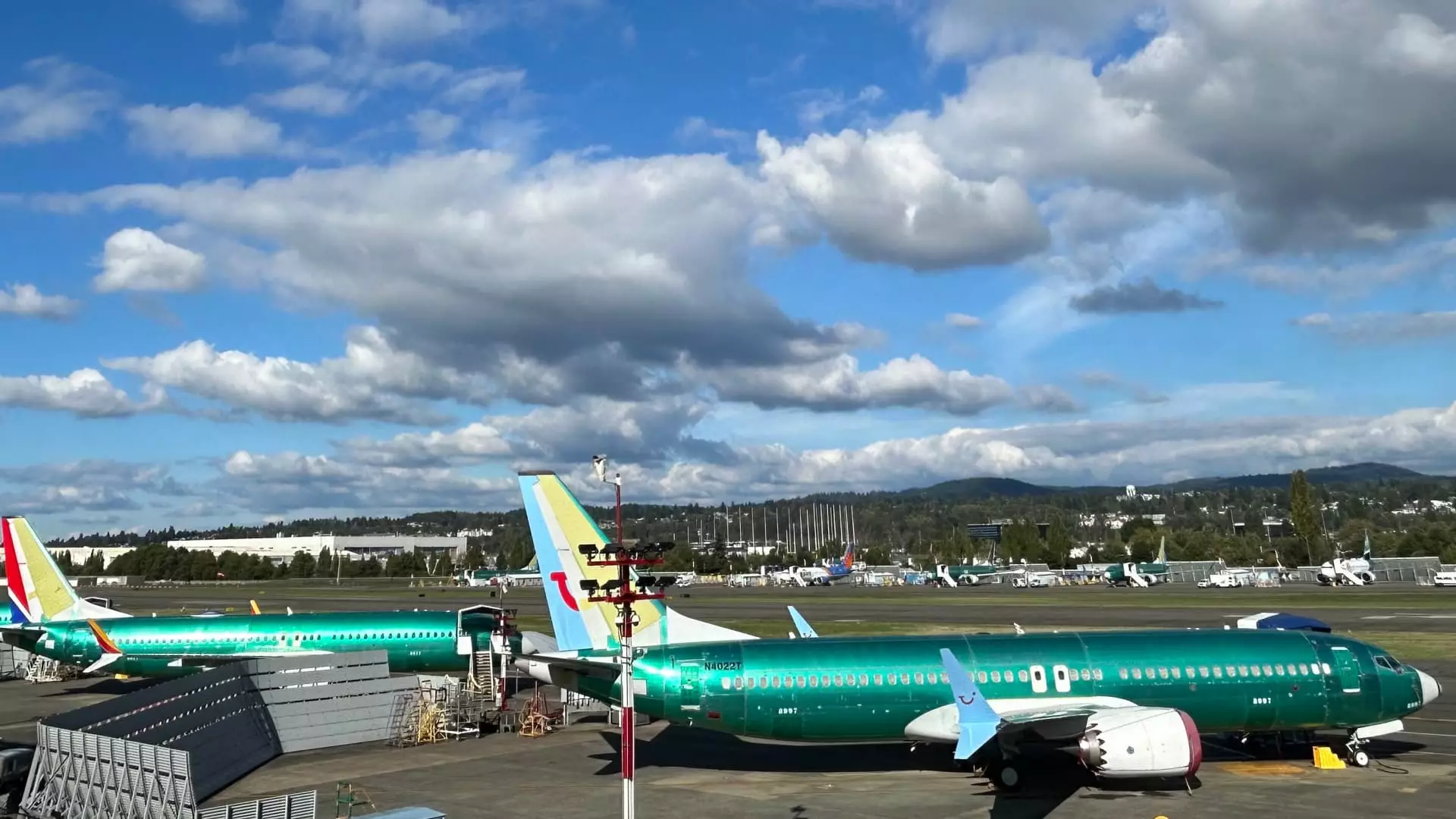In September, Boeing’s delivery figures reflected a subtle growth, with a total of 33 aircraft delivered—six more than the same month in the previous year. However, despite this uptick, the year-to-date performance remains concerning, with only 291 aircraft delivered through September as opposed to 371 during the same period in 2022. This rising trend should be viewed with caution in light of the bigger picture, especially when evaluated against the backdrop of Boeing’s fierce competitor, Airbus, which reported significantly higher deliveries of 447 aircraft by the end of August.
The competitive landscape poses ongoing challenges for Boeing, particularly in the context of a looming machinist strike, which has now surpassed four weeks. This strike has the potential to reshape Boeing’s output and financial performance, creating uncertainty for both the company and its clientele.
The impact of the machinists’ strike is becoming more pronounced, especially in relation to Boeing’s supply chain and production capacity. The strike commenced on September 13 after workers declined a tentative agreement proposed by Boeing management. Negotiations are currently underway, but the union had previously rejected a revised offer, indicating a tough stalemate. Financial experts, like Sheila Kahyaoglu from Jefferies, have suggested that if the strike resolves by the end of October, Boeing could stabilize production at 25 Max aircraft per month. Nonetheless, ambitious plans to ramp up production to 38 Maxes per month will experience a setback of up to a year.
Boeing’s financial health is measured significantly by aircraft deliveries, as the bulk of customer payments are realized post-delivery. The depletion of over $8 billion in cash reserves this year underscores the critical nature of consistent deliveries. A leaner cash flow could impact the company’s ability to stabilize operations and meet long-term commitments.
In terms of product portfolio, September saw Boeing hand over 27 of its popular 737 Max aircraft. This includes deliveries to key clients such as United Airlines, Ryanair, and Southwest Airlines. Interestingly, four 787 Dreamliner aircraft were also delivered during this period, sourced from Boeing’s nonunion factory located in South Carolina, hinting at the different dynamics within various segments of the company’s workforce.
The backlog for Boeing remains substantial, with an impressive figure of 5,456 aircraft yet to be fulfilled. This backlog presents both a challenge and an opportunity for the company as it navigates through operational hurdles and seeks to enhance its delivery timelines.
As the company gears up to report its quarterly financial results on October 23, stakeholders are keenly awaiting insights on how the strike will financially affect Boeing’s bottom line. The anticipation surrounding the outcomes of ongoing negotiations, alongside an evaluation of operational performance amidst the turbulence of labor disputes, will play a pivotal role in shaping Boeing’s prospects for recovery.
While the delivery numbers in September offer a glimpse of recovery, the overall context of labor strife, competitive pressures, and production difficulties casts a shadow over Boeing’s trajectory moving forward. The coming weeks will be crucial for the company in determining its path to regaining stability and market confidence.


Leave a Reply